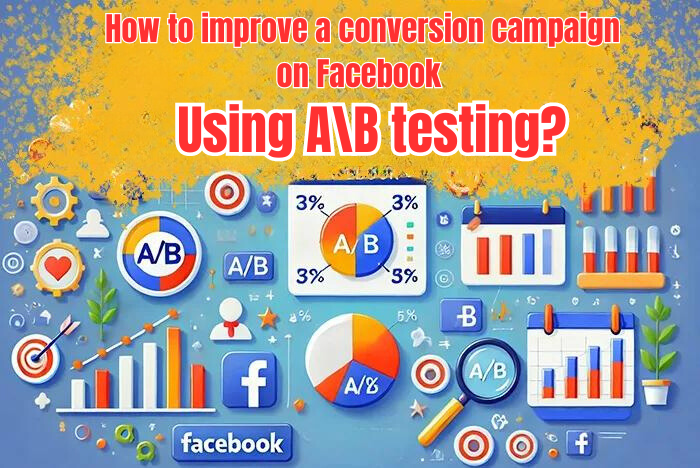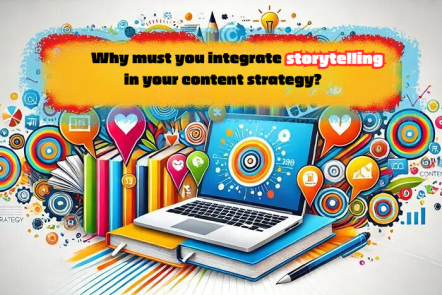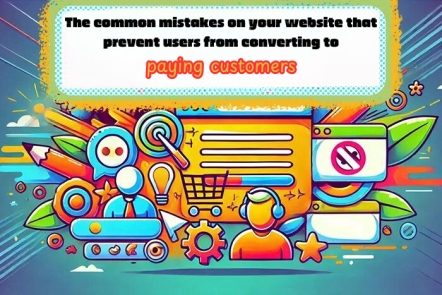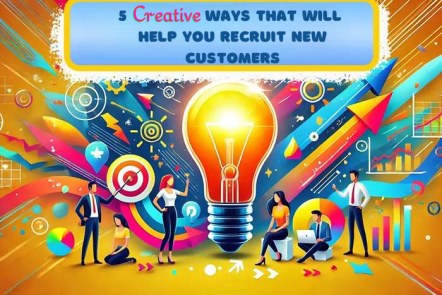Before a Facebook conversion campaign comes to life, you need to find the right advertising elements. The ideal way to do this is through A/B testing.
In the advertising world, it is quite common to hear the term “A/B Testing”. Marketers with varying degrees of experience, testing, and running ads on Facebook or any other ad platform recognize their importance. They test ad copy, creatives, headlines, calls to action (CTAs), audiences, and placements to help them find what works best based on their KPI metrics.
On Facebook, there are a few ways available to test your strategies, but there is one that is designed to find the best strategy to help you do effective Facebook advertising that will ensure maximum results for you.
What is A/B testing for a Facebook conversion campaign?
When you set up your ads for Facebook business marketing, you don’t choose the creative, headline, and other parts of it just because your gut feeling tells you to. You choose them because you know they will work.
This is precisely what A/B testing is all about in Facebook ads. You test the ad components against each other to find out which version will generate the most clicks, purchases, signups, and other desired actions.
You choose a variable to test (the key metric), and Facebook allocates equal budgets between the two ad versions you are testing against each other. After giving your test enough time to run, you can conclude which variations work. There should be significant differences between your variations to ensure the results are not by chance.
Why should you A/B test your Facebook ads?
A/B testing for Facebook paid posts is done to help you find the best ad components for your ads. You can’t just throw in 2 options because they look good to you, you need to figure out if they will work for your audience, not yourself. This is the best way to increase conversion rates. Whether you want to increase sales, collect user data, or drive traffic to improve conversion rates on your site.
A/B testing for Facebook ads is also essential to lower advertising costs. When you know what works best for your audiences, it’s cheaper to produce the desired results.
Finally, A/B testing will collect more data about your audience, especially if you are targeting multiple audiences, it is natural that one marketing strategy will not work for all of your customers. Testing a variety of strategies on your audiences will help gather more information and reach your customers better. Everyone is different, so there should be different ways to reach them.
What ad components can you test?
You can test any parameter that makes up an ad in a Facebook conversion campaign, as well as in any other type of Facebook campaign. These parameters include the campaign objective, audiences, headline, ad copy, creative, CTA, product sets in carousel ads, landing page, and more.
In simple words, it includes everything you can change in the ad campaign, ad sets, and the ad itself.
The Facebook Pixel – The Key to Meaningful Insights in Facebook Campaigns
To ensure the effectiveness of A/B tests, it is essential to implement the Facebook pixel on your website. The Facebook pixel is a piece of code that is placed on a website to collect data. This data helps track conversions from Facebook ads, optimize ads based on collected data, build targeted audiences for future ads, and remarket to people who have already taken action on the site.
The pixel works by placing and activating cookies to track users as they interact with your website and your Facebook ads. It captures different actions that users take on the site, such as visiting specific pages, adding items to their shopping cart, making a purchase, or filling out a form. These actions are then reported back to Facebook, providing valuable insights into the effectiveness of your ads. This data helps refine campaigns to ensure they reach the right audience and deliver the desired results.
Once you have set up your Facebook pixel and are actively collecting data, you can start implementing A/B tests to identify which ad components and strategies are performing the best.
So how do you do A/B testing?
Before diving into the A/B testing process, it is essential to ensure that your digital assets are fully optimized for conversions. This means that your website or landing page should be more than just a digital business card; they should be designed and structured to ensure a high user experience and easy navigation to take a specific action, such as making a purchase, filling out a form, or signing up for a newsletter.
So, start with a user experience (UX) and user interface (UI) analysis of your website. Make sure the navigation is intuitive, loading times are fast, and the design is mobile-friendly. It is also important to have clear and compelling calls to action (CTAs) that guide the visitors through the conversion funnel.
In addition, ensure your content is relevant and engaging, with headlines and copy that resonate with your target audience. Use analytics tools to track user behavior and identify potential drop-off points in the conversion process.
Now, let’s discuss specific A/B tests for a Facebook conversion campaign:
Example 1: Real Estate Marketing Agency in Cyprus, Audience Testing
- Target Audience 1: High-Tech Professionals: Create an ad set tailored to high-income individuals working in the tech industry who may not yet be able to afford a home in Israel. The creative could showcase modern and luxurious apartments in Cyprus, focusing on affordability compared to the Israeli market. Emphasize benefits like lower living costs, investment opportunities, and a high quality of life. Ad copy should address their pain points, such as high property prices in Israel, and present Cyprus as an attractive alternative.
- Target Audience 2: Existing Homeowners in Israel: Target individuals who already own property in Israel but are seeking additional investment opportunities. The creative should highlight the potential for rental income and long-term growth from investments in Cyprus. Use testimonials or case studies from other Israeli homeowners who have successfully invested in Cyprus. Compare the advantages of owning multiple properties in different locations and the financial benefits it offers.
Example 2: E-commerce Store Selling Fitness Equipment, Product and Promotion Testing
- Product Types: Create an ad set focused on different types of fitness equipment, such as cardio machines versus strength training equipment. The creative for cardio machines could feature treadmills and stationary bikes, emphasizing benefits like improved cardiovascular health and weight loss. Include customer testimonials from those who have seen significant fitness improvements using these machines. For strength training equipment, highlight products like weights and resistance bands, focusing on muscle building, toning, and versatility for different workouts. Use engaging visuals of people using the equipment in home gyms.
- Discount Offers vs. Bundled Packages: Test the effectiveness of discount offers versus bundled packages. For an ad set featuring discounts, create ads promoting a significant percentage off on individual products, emphasizing the savings and the limited-time nature of the offer. Use a clear and prominent call to action urging users to take advantage of the discount. For the bundled packages ad set, highlight value bundles that include multiple related items at a discounted price, presenting the convenience and overall savings. For example, a home gym bundle could include a set of weights, a yoga mat, and resistance bands. Use visuals showcasing the entire bundle and emphasizing the benefits of a comprehensive fitness solution.
For each of these tests, track key metrics such as click-through rates (CTR), conversion rates, and average order value (AOV). Compare the performance of each ad set to determine which product type or promotion strategy is more effective in driving sales.
How Long Does It Take to Run A/B Tests?
In addition to the variables you want to test, another factor that will define the outcome of your split test is its duration. Facebook provides the option to choose between one day and 30 days. Choosing the right duration for your experiment is crucial to its success.
While Facebook recommends running the experiment for at least 7 days, there are still factors you need to consider when determining how long to run the test.
The length of time may depend on what you want to achieve with the test, your budget, audience size, number of ad variations, and the time it typically takes for people to convert after they see your ad.
However, if you want to start strong, it’s good to follow Facebook’s recommendation. Since your customers’ browsing and purchasing habits differ every day of the week, a seven-day test will allow you to cover them all.
Another thing is that each variation should run for at least 5 to 7 days to generate usable results. The duration of your split test will be determined by how long it typically takes for your customers to convert. But if you see that one of your variations is significantly outperforming the others, you can end the experiment early.
In conclusion,
internet marketing and sales are not about just launching a campaign into the air. To get the most out of it, you need to make sure your ads are successful in generating maximum results for you. We hope we’ve cleared things up for you, and we promise, if you follow the steps we’ve outlined above, you’ll easily succeed. Good luck!




